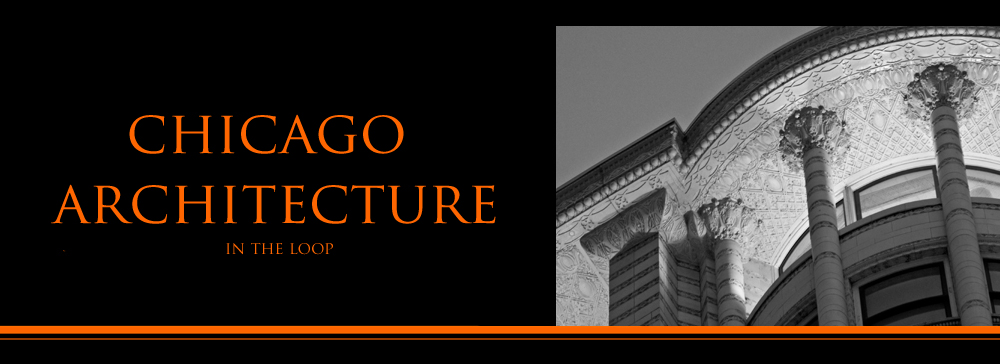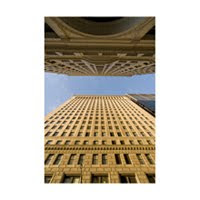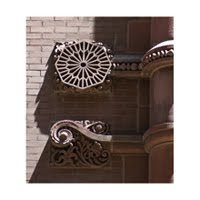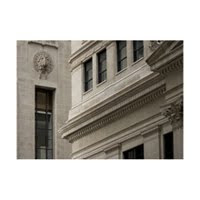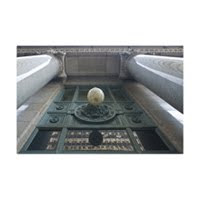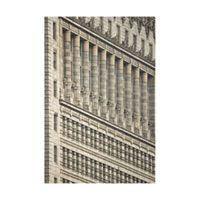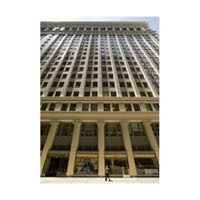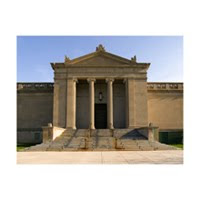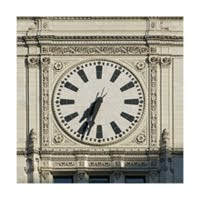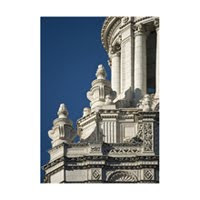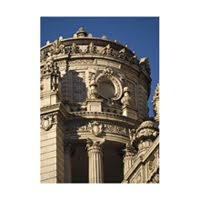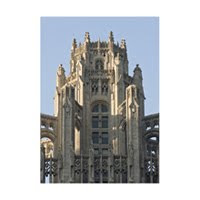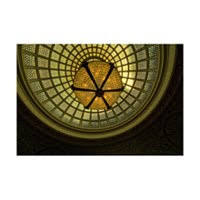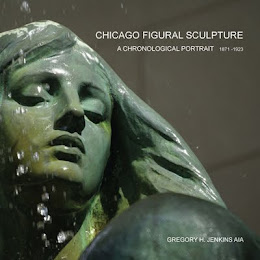How does the Chicago firm of Burnham and Root gain an 1885 commission for a hotel in Las Vegas, New Mexico? Well. Maybe something like this.
With the founding of the Union Stockyards in 1865, Daniel Burnham's father-in-law, John B. Sherman, consolidated a working relationship with nine of the most important railroads serving Chicago. Among them was the Chicago, Burlington and Quincy. Although the financing for the CB&Q came from the east, Operations were located in Chicago. The President of the CB&Q was James C. Peasely. That's Chicago southsider James Peasely, member of the prestigious Calumet Club (an 1881 Burnham and Root Commission obtained primarily from some newly obtained Prairie Avenue connections). So with good personal recommendations (the Shermans), and a proven track record (the Calumet) Peasely could, with all confidence, award Daniel Burnham and John Root the CB&Q stations in Illinois and the company offices in Chicago.
During these years, two promising CB&Q employees would have shown up on the radar. William Barstow Strong, future president of the Acheson, Topeka, and Sante Fe Railroad. And Fred Harvey -- that's the Fred Harvey, founder of The Harvey Company -- who thought that railroad passengers deserved hot meals and a little respect. Peasely didn't think much of Fred's idea for hospitality services for the passengers. Strong, on the other hand, did.
So as the ATSF rails were laid New Mexico
____________________
Fred Harvey later went on to hire Mary Colter, one of the first female architects in the country. Burnham worked with Colter at the Harvey Concessions in Chicago's Union Station. Colter was called a "chain smoking perfectionist" Perhaps her most famous work is at the Grand Canyon.
____________________
